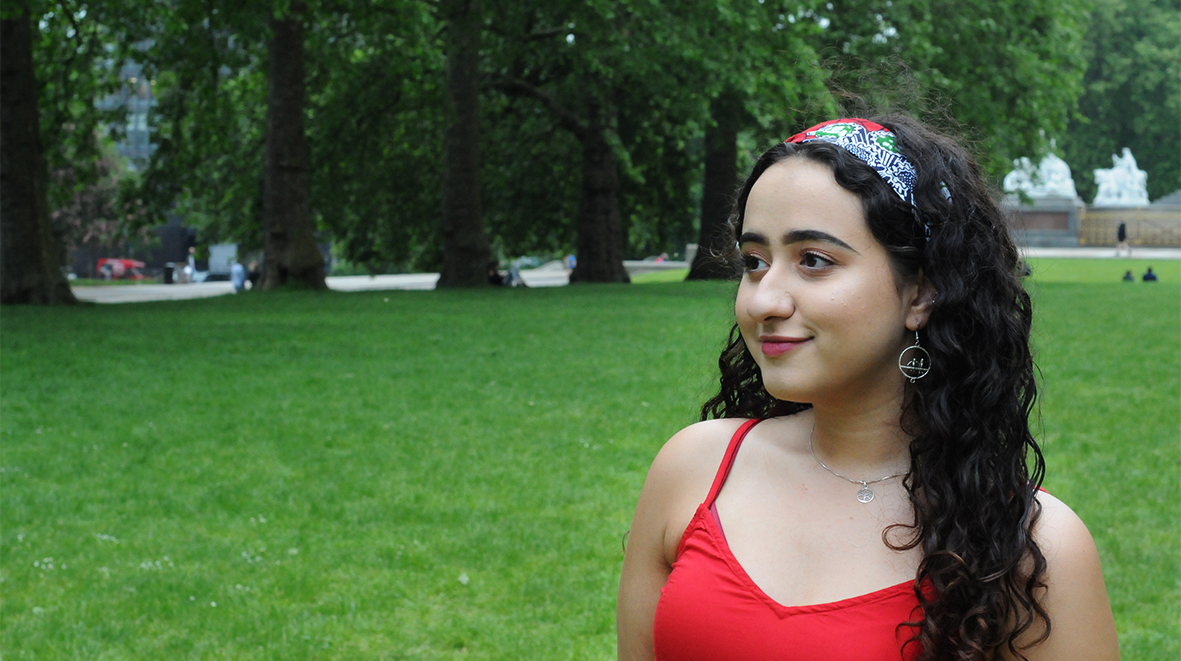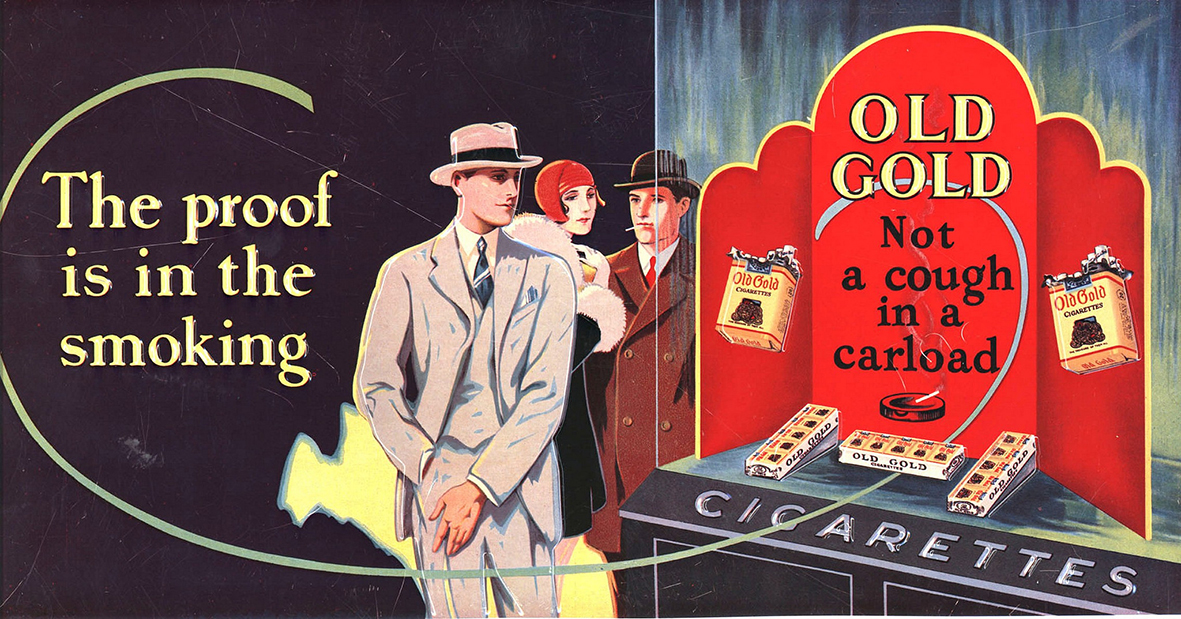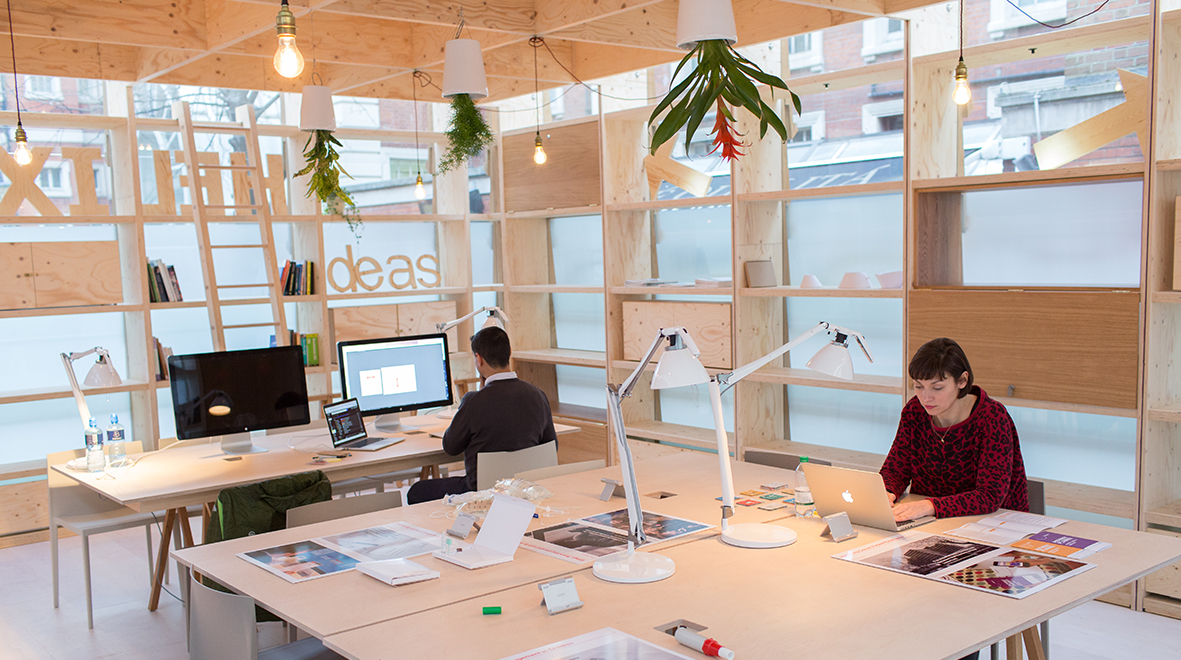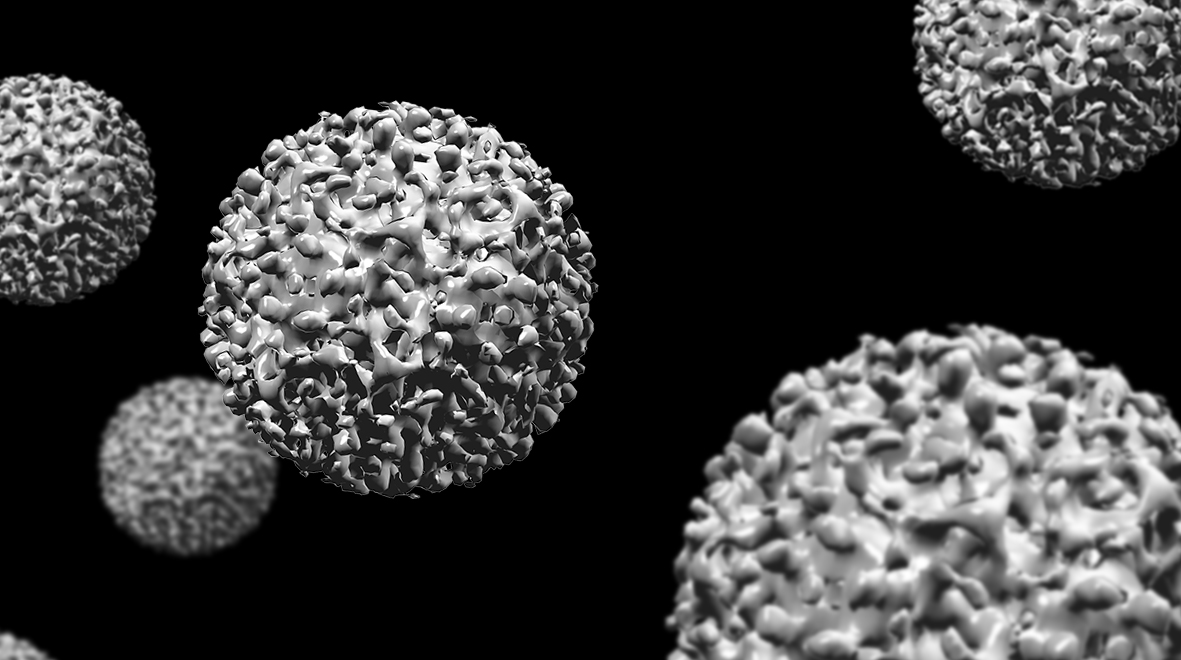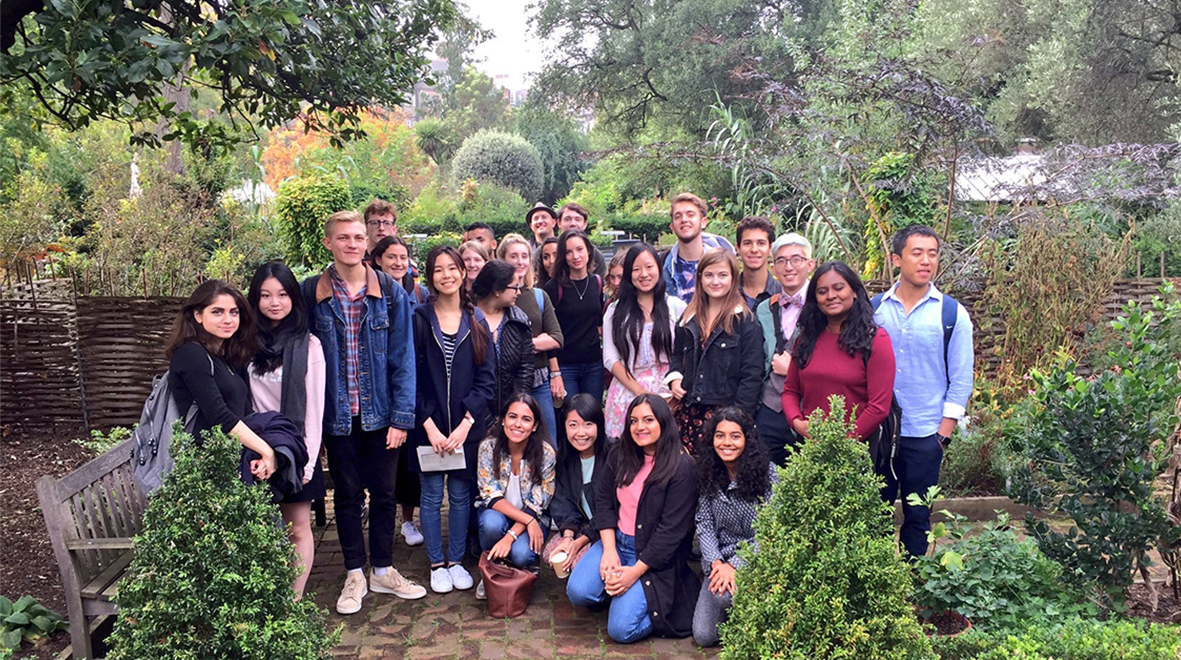Easy question first: why do you want to study medicine?
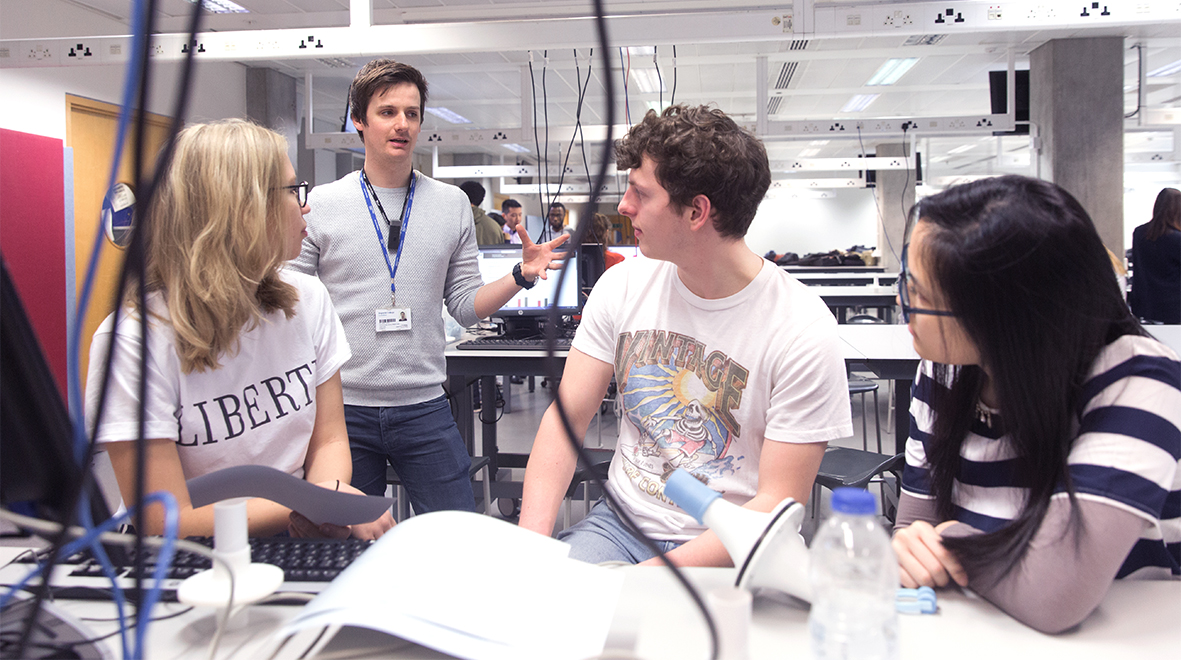 Dr James Moss debunks some of the myths around medical school interviews and shares his personal perspective as a member of the interviewing panel for Imperial College School of Medicine.
Dr James Moss debunks some of the myths around medical school interviews and shares his personal perspective as a member of the interviewing panel for Imperial College School of Medicine.
Interviewing prospective students is a privilege that our staff and student panel members really enjoy. It makes us the custodians of the medical school, gatekeeping passage into our community. Our panels include staff and students, and every panel member has an equal say (and we don’t always agree!). We have about 20 minutes to interview each candidate and decide if we want to make them an offer. (more…)


